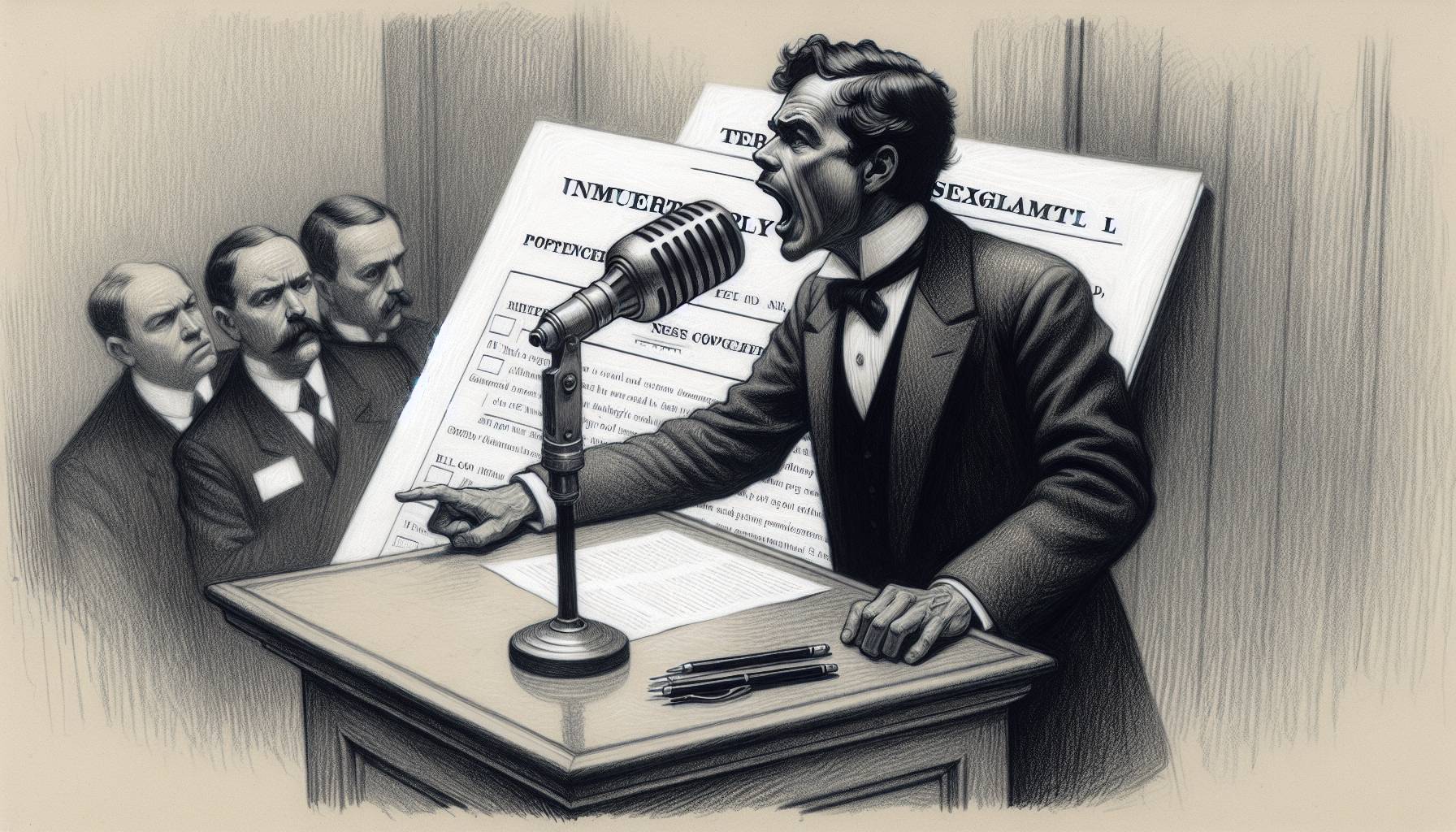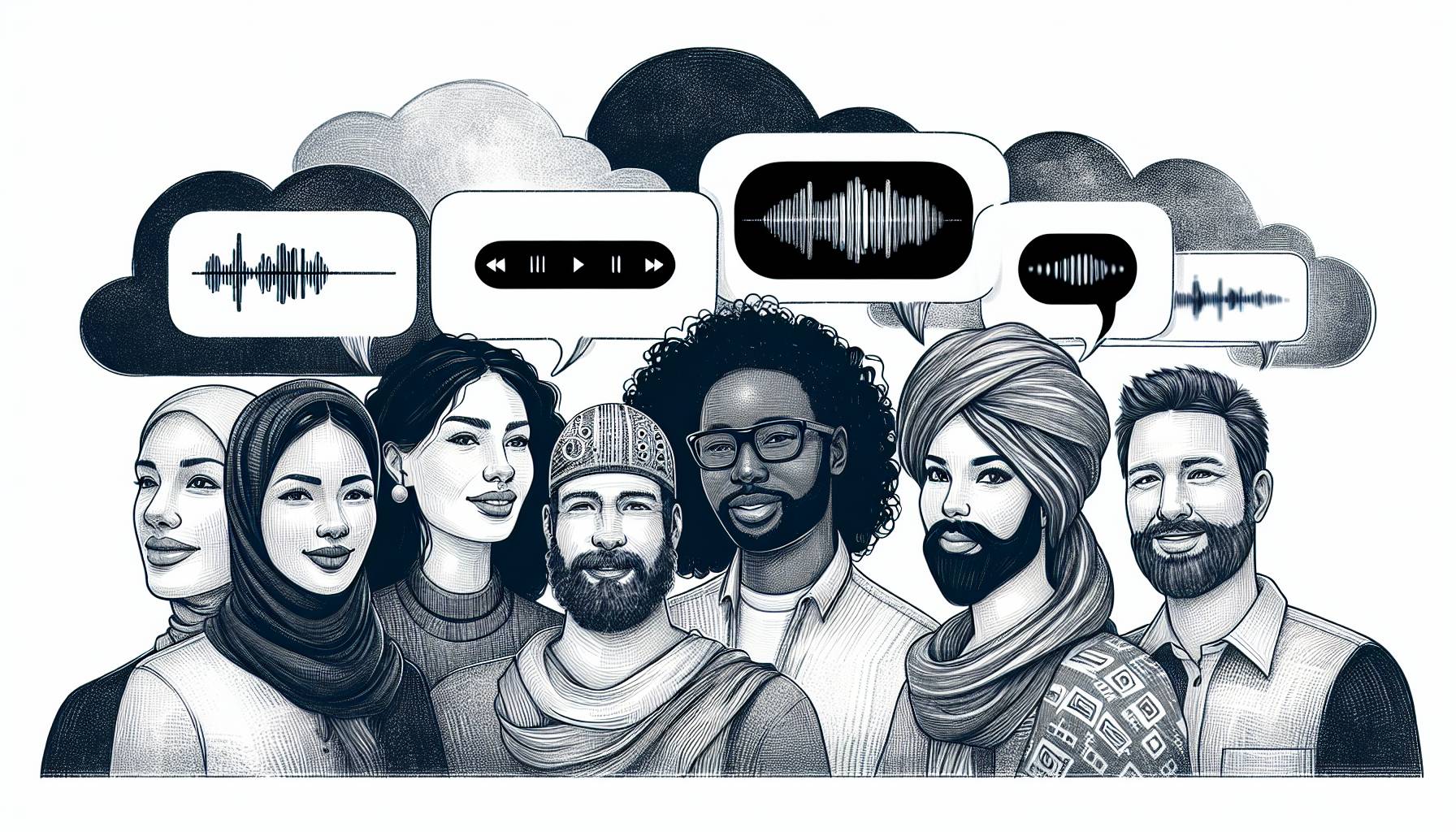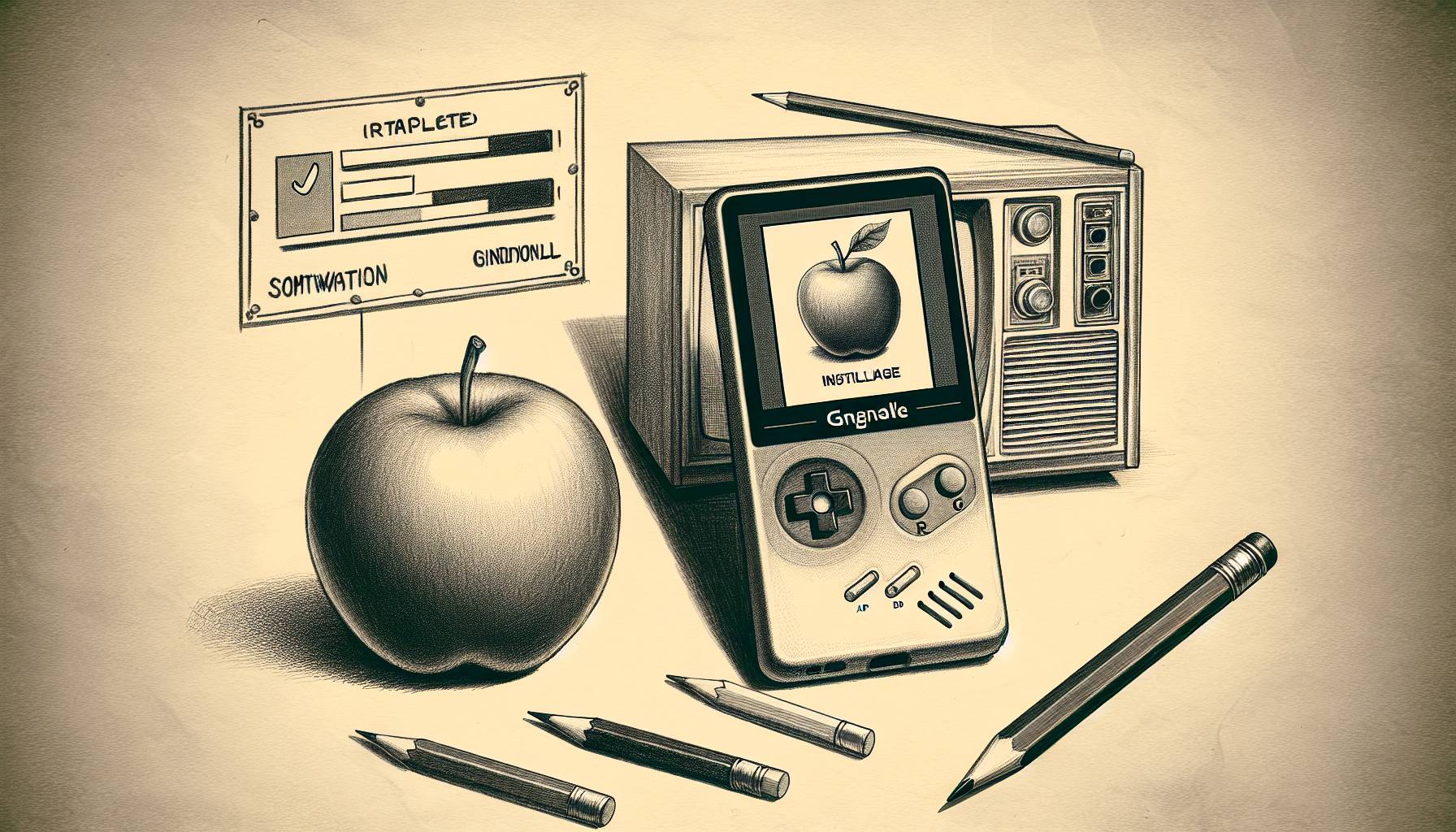When Apple debuted its App Store four years ago today, even the most bullish analysts and enthusiastic fanboys could not have fathomed how iOS apps would so quickly change our lives.
Before the App Store, only the most patient and dedicated users would invest the 30 clicks or so it took to download a ringtone or any third-party application. Today, the more than 700,000 apps available in the App Store (in addition to nearly the same number of Android apps) are so accessible and easy to download that one-year-olds can meaningfully interface with the technology.
What the App Store did for mobile media consumption in many ways parallels what Netscape did for the commercial web in the mid-nineties. While the Internet had been around for decades, the browser’s graphic interface and intuitive navigation made the World Wide Web accessible to the masses.
So, how does today’s app landscape compare to the browser-based Internet upon its fourth anniversary?
More rational economics today
While Instagram’s papered $1 billion sale to Facebook raised eyebrows, this gargantuan valuation of a pre-revenue company with only 12 employees was the exception rather than the rule. Further, after Facebook’s tepid IPO we are no longer reading (or writing) about a bubble in the app economy. Contrast that to October of 1998, when we were entering the thick of the silly season for dot-com valuations. Broadcast.com, Geocities, and BlueMountain.com all had nine or 10-figure exits by that point.
Download the Appolicious Android app
Of course, the economy at large was booming in the late nineties, which contributed in part to the frothy valuations. The App Store debuted just as we were entering into a recession, and only a couple of months before the financial crises. The fact that the App Store cultivated what is now a multi-billion dollar industry in such a tough environment is as impressive as any financial feat of the Internet era.
Total media immersion
As the term Wi-Fi was not commercially coined until 1999, the vast majority of us were disconnected from the web for most of the day. Many of us interacted online while at work, and maybe surfed the web for an hour or two at night. Fourteen short years later, that now seems quaint. From tapping into email from bed each morning to viewing curated news and tweets during our commutes, to drifting off to sleep to our favorite podcasts, most of us – for better and worse – are now always online.
App stores are still top-heavy
Between iOS, Android, and Windows, there are now nearly 1.5 million apps available to download to smartphones and tablets. While there are indeed apps to accommodate people from all walks of life, the vast majority of consumers are only exposed to the most popular apps and games showcased by the app stores. Being featured in the store can make or break an app developer. Back then, even before Google became a household name, consumers had at least a dozen of interesting portals (Yahoo!, Lycos, Infoseek, to name a few) to locate sites that interested them.
The future arrives more quickly today
Professionals in the app industry have likely worked in digital media since the early days of the commercial web, or grew up online and know no other way of life. Combine that with ubiquitous connections as described above, and the fact that it is nearly as easy to create mobile content as it is to consume it, means that dramatic changes to the app landscape occur every few weeks (rather than every year or two). We can only imagine what the app space will look like four years from now (or what not-yet-invented digital medium we will be comparing it to).












